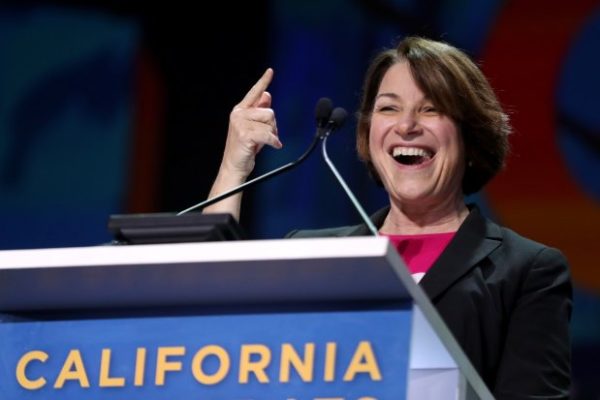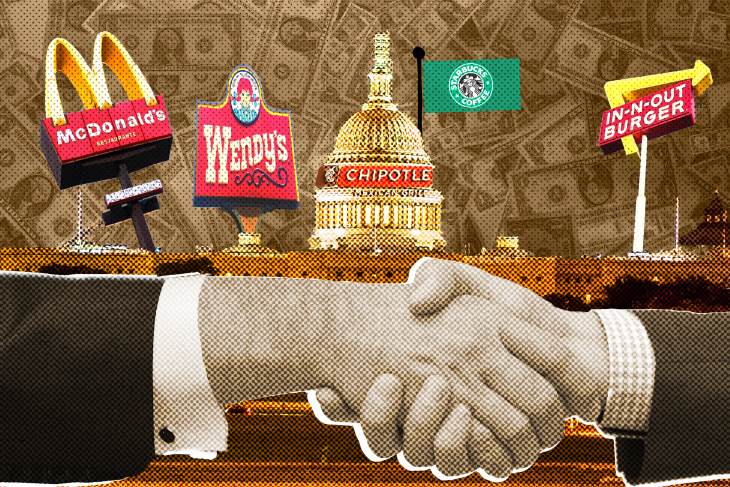
Our news is free on LAist. To make sure you get our coverage: Sign up for our daily newsletters. To support our non-profit public service journalism: Donate Now.
No business or corporation is truly apolitical. Consider In-N-Out, a California cultural institution loved by burger aficionados across the political spectrum.
In August 2018, some fans called for a boycott of the Irvine-based company after discovering it had donated $25,000 to the California Republican Party. This wasn’t any secret — you can find the public filing on the California Secretary of State’s website — and, as far as we can tell, the proposed boycott was a bust. That same election cycle, In-N-Out also contributed $80,000 to Californians for Jobs and a Strong Economy, a committee that supports “business-friendly” Democratic candidates.
Why? Because the burger chain is like most major companies. It dabbles in politics by contributing financially to campaign efforts on both sides of the aisle — sometimes quietly through donations to “social welfare” nonprofits and sometimes openly through corporate political action committees (PACs).
Whether or not they should be, these contributions are the lifeblood of American politics, and corporations typically use their resources to support politicians — in particular incumbent U.S. House and Senate candidates — who reflect their brand’s values or support laws and measures that will boost their bottom lines.
With Election Day 2020 approaching, here’s a look at the political donations several major fast food chains have made during this election cycle.
To do this, we relied on data sourced by OpenSecrets, an online resource operated by the non-profit, non-partisan Center for Responsive Politics. We gathered as much info as we could about which politicians and causes these companies are backing.
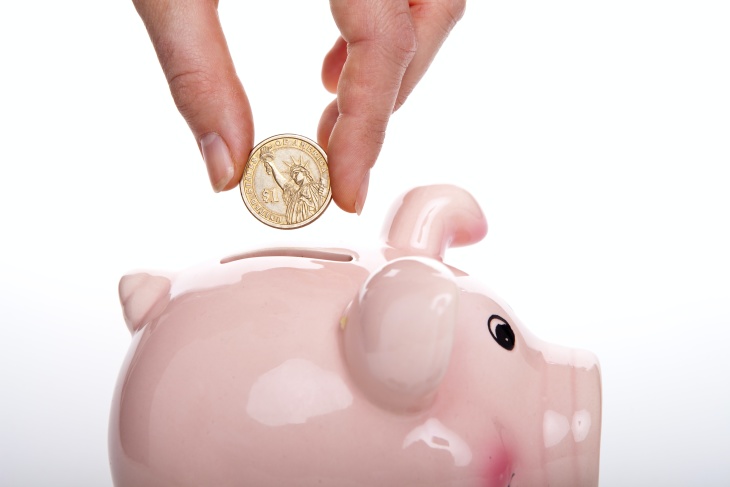
First Things First: How Do Campaign Donations Work?
Your favorite fast food restaurant isn’t funding Donald Trump’s reelection campaign — or Joe Biden’s. Per the Federal Election Commission (FEC), corporations can’t directly contribute funds to a federal candidate’s campaign or political party. Individuals, however, can make contributions to candidates and authorized committees, although there are limitations. This is where political action committees (aka PACs) come into play.
Let’s say you own a corporation and you want to support your favorite presidential candidate. What can you do?
Your company can either give money to a PAC or establish one of its own. You can’t move money from the company’s coffers into these PACs but you can encourage employees (and anyone else) to donate to them. Then, you can take whatever money these PACs have raised and give it to a federal candidate’s campaign.
Each PAC can give $5,000 per election (general, special or primary) to a candidate committee. Additionally, they can also provide up to $15,000 annually to a national party committee and $5,000 annually to another PAC. A PAC must disclose to the Federal Election Commission where their money came from and how they spent it. PACs can receive up to $5,000 from another PAC, a party committee or an individual during a calendar year.
Super PACs are a different story.
Created in the wake of the Supreme Court’s Citizens United v. Federal Election Commission decision in 2010 — a ruling that many opponents say worsened our country’s habit of political pocket-stuffing — super PACs can’t contribute directly to candidates or parties. However, they are allowed, without limits or sourcing restrictions, to make “independent expenditures” related to a political campaign or measure. That means they can mail pamphlets, make robo-calls or run ads.
Many companies avoid donating to super PACs. These donations must be disclosed to the public and expenditures must be listed, potentially attracting negative attention or making a company the target of a public-shaming campaign.
But there’s a workaround: If a company is looking to avoid attention, they can donate to a nonprofit, such as a 501 (c) (4)s social welfare organization. Companies can give unlimited funds to this type of nonprofit, which is — wait for it — not required to disclose donor information. These types of nonprofits can’t donate directly to campaigns or candidates but as long as politics isn’t their “primary purpose” (there’s a lot of wiggle room in that term), they can participate in political activities such as running issue ads.
This is what’s known as “dark money” — dough that’s spent to influence an election without the source for said funds being disclosed.
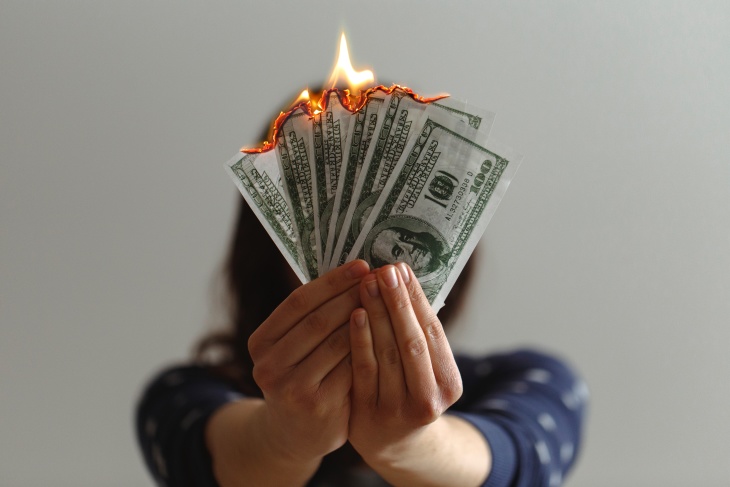
What’s The Deal With Dark Money?
There’s a lot of it floating around but it’s nearly invisible.
For example, hedge fund investor and mega bucks Trump supporter Robert Mercer donated $2 million to the nonprofit Secure America Now, which in 2016 sponsored several misleading, anti-Muslim ads targeted at swing voters. Open Secrets only found out about the donation because it received Secure America Now’s unredacted tax return from the organization’s accounting firm. Oops.
This all traces back to the Citizens United decision, which asserted that independent spending doesn’t correlate with corruption. Many people disagree with that conclusion.
As Jane Mayer of The New Yorker explains in her 2016 book, Dark Money, the Supreme Court said that as long as companies or unions don’t hand old-school bags of cash directly to candidates (because that would be, you know, wrong) but, instead, contribute to “outside groups” that support or oppose candidates while acting independently from the affairs of said campaigns, these groups can, in effect, “spend unlimited amounts to promote whatever candidates they chose.”
As Mayer notes, “To reach the verdict, the Court accepted the argument that corporations have the same rights to free speech as citizens.”
The result was a rise in nonprofit organizations that, as Mayer highlights, “paved the way to weaponize philanthropy.” Donors could give to nonprofit social welfare groups that would then to toss funds at elections without disclosing their donors’ identities.
That’s partly why it’s so hard to know how much dark money is out there.
Some political spending gets reported to the FEC but the donors aren’t disclosed. Some political spending isn’t reported at all. During the 2016 federal election cycle, for instance, groups associated with dark money reported spending about $181 million to promote their agendas. Although the spending was reported, the donors were not. That figure only accounts for funds that were reported to the FEC, which are a mere snippet of the total amount of dark money that’s actually being spent to influence our elections.
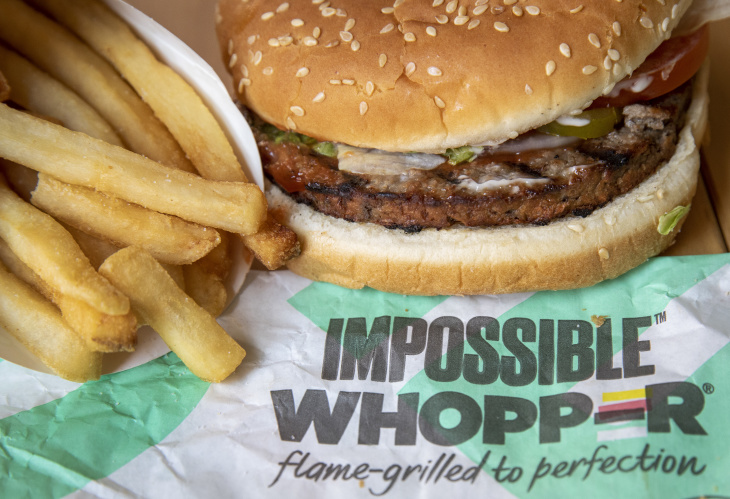
So Which Campaigns Are Fast Food Restaurants Donating To?
The food and beverage industry, like many big industries, has a long history of leaning Republican. For the last two decades, it has generally given 70% or more of its financial contributions to Republican candidates. You might think, then, that most major fast food companies are giving heavily to Trump. That’s not so.
It’s important to remember that spending data pulled from Open Secrets (which, in turn, sources its data from the FEC) highlights figures that include ALL of the donations associated with a given employer. These include contributions made by low-level employees as well as PACs. Open Secrets lumps them together but the reported spending can then be broken down into distinct categories.
Here’s an example: Among all 2020 presidential candidates, the one who received the highest number of donations from the restaurant industry wasn’t Trump or Biden. It was Bernie Sanders, who received $3.3 million.
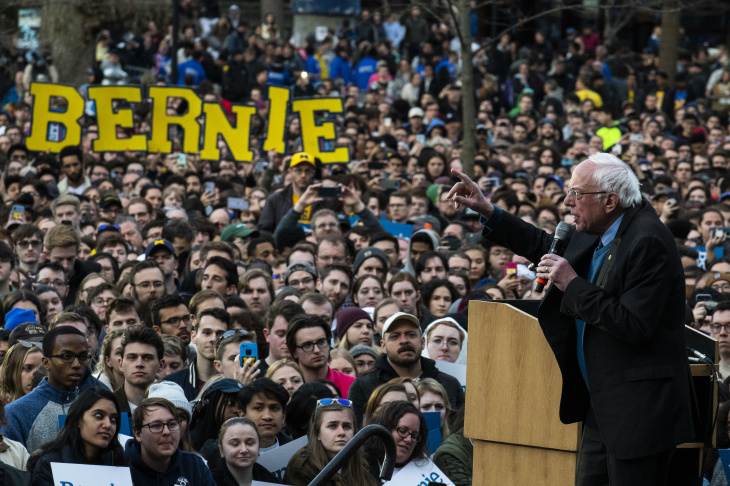
Does that mean McDonald’s was funneling cash to the Senator from Vermont? No. In Sanders’ case, individual workers at franchises across the nation contributed to his campaign in small amounts.
When you consider PAC donations — remember, corporations can’t contribute directly to candidates — most major fast food companies, such as McDonald’s or Wendy’s, didn’t donate to any 2020 presidential candidate.
Instead, these companies, via their PACs, focused on the political races many of us tend to overlook. They primarily donated to Congressional and Senate candidates, giving money to contenders on both sides of the aisle although their donations skewed Republican.
Corporations ultimately do what’s best for business, and their political donations fall in line with that.
It’s not always a bad thing. Businesses might support candidates and measures that could benefit their employees or help the environment. But sometimes, political donations — sourced from a company’s PAC, its low-level employees or its wealthy executives — can tell a story that challenges a brand’s politically neutral image.
No company, not even your favorite fast food restaurant, can completely stay away from picking sides.
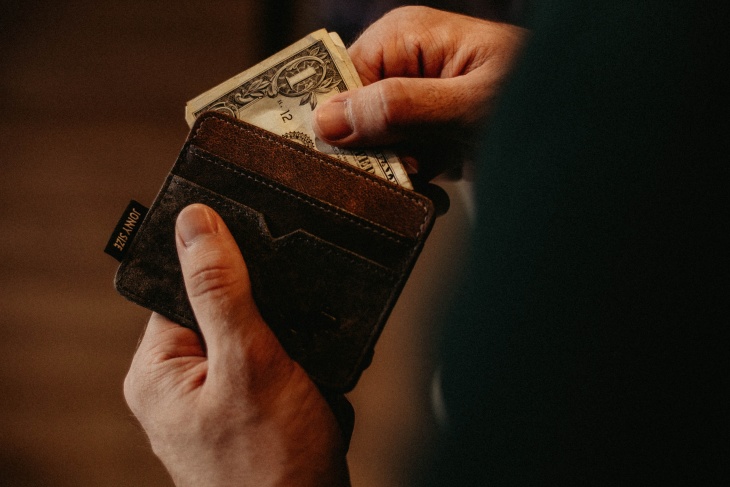
The Big Spenders in the 2019-2020 Election Cycle
Here’s a closer look at how much the biggest spenders in the fast food and beverage industry contributed during the 2019-2020 election cycle. These are the latest figures as of Tuesday, Oct. 13:
Total contributions: $26,111,443
Total from individuals: $21,986,166 (84%)
Total from PACs: $2,758,849 (11%)
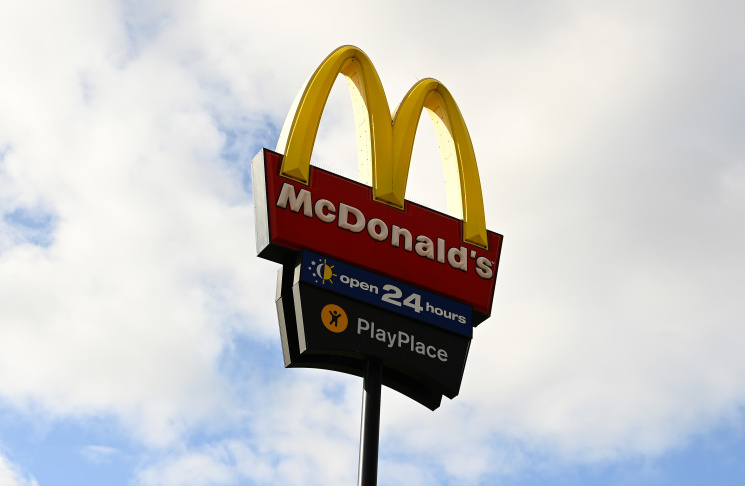
Total Funds: $1,010,865
From PACs: $502,505 (49.71%)
From Individuals: $508,360 (50.29%)
Top Recipients of Funds: Candidates ($777,138 or 76.88%)
The top recipient of donations from McDonald’s was Donald Trump ($52,621 from individuals, $0 from PACs) with Senator Bernie Sanders coming in as a close second ($51,571 from individuals, $0 from PACs). For contributions to all federal candidates, 56.73% of the recipients were Republican ($440,263). Other top recipients include Oklahoma Representative Kevin Hern, a Republican ($27,010 from individuals, $10,000 from PACs) and Joe Biden ($33,561 from individuals, $0 from PACs).
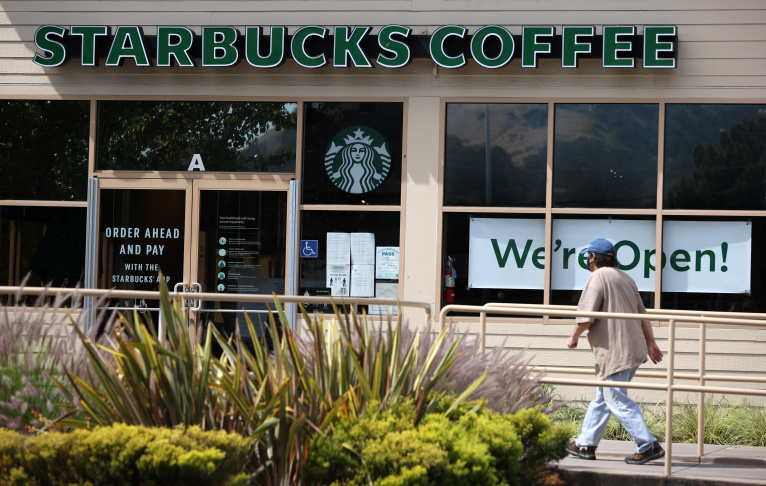
Total Funds: $623,571
From PACs: $0
From Individuals: $623,571 (100%)
Top Recipients of Funds: Candidates ($561,258 or 90.01 percent)
Known for offering good benefits (including health coverage, paid time off, and parental leave) to its baristas, Starbucks tends to support Democratic candidates. Of the funds contributed this year, all of them came from individuals. Some of the top recipients include Sanders ($204,483), Joe Biden ($93,302), Massachusetts Democratic Senator Elizabeth Warren ($44,830), Trump ($20,110), and New York Democratic Representative Alexandria Ocasio-Cortez ($11,525).
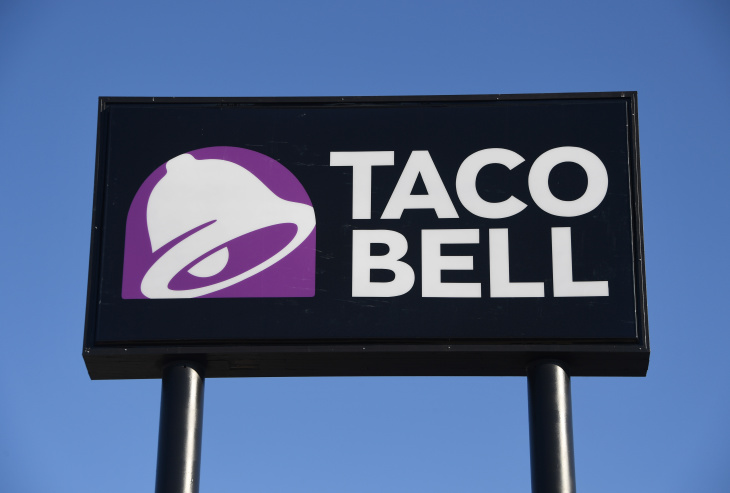
Total Funds: $287,067
From PACs: $67,800 (23.62%)
From Individuals: $219,267 (76.38%)
Top Recipients of Funds: Candidates $253,548 (88.32%)
Yum! operates a number of popular fast food brands including KFC, Pizza Hut, and Taco Bell. For donations to federal candidates, it’s a close split between Democrats (50.92%) and Republicans (49.08%). Top recipients of individual donations include Sanders ($55,604), Trump ($21,271) and South Carolina Republican Senator Lindsey Graham ($9,562). Recipients from PACs include Texas Republican Senator John Cornyn ($2,000) and Kentucky Republican Representative Brett Guthrie ($3,600).
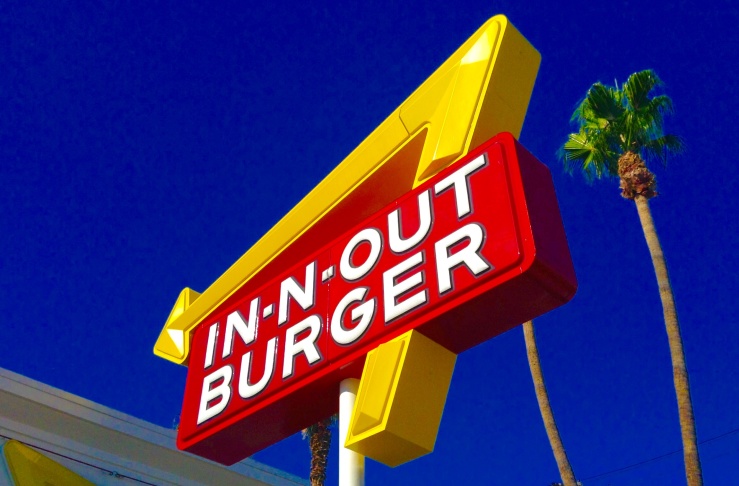
Total: $20,184
From PACs: $0
From Individuals: $20,184 (100%)
Top Recipients of Funds: Party Committees ($11,118 or 55.08%)
Aside from that controversial 2018 donation to the California Republican Party, company executive Mark Taylor and his spouse, Traci Taylor, have given more than $15,000 to the Republican Party and Trump since 2016. However, despite the company’s Republican track record, for donations to federal candidates for this election cycle, 68.96% of donations went to Democrats. Individual donations went to Sanders ($4,437), Trump ($2,560) and Democratic presidential contender Andrew Yang ($578).
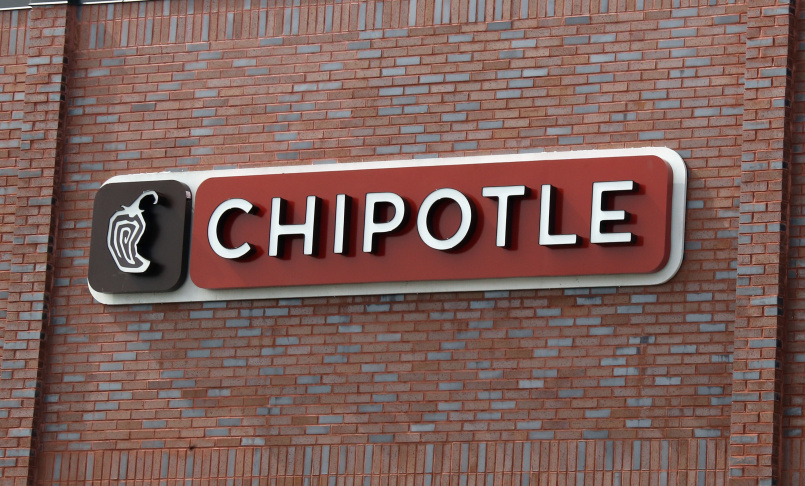
Total: $104,079
From PACs: $0
From Individuals: $104,079 (100%)
Top Recipients of Funds: Candidates ($81,874 or 78.66%)
Chipotle tends to lean Democrat. For federal candidates, 71.38% of donations went to Democrats. However, when you take a closer look at the breakdown for Congressional candidates, you’ll find that 33% went to Republicans, 48.7% went to candidates with party affiliations listed as “other” and only 17.9% of donations went to Democrats. Recipients of individual donations include Sanders ($32,546), New Hampshire Republican Corky Messner ($16,000), Warren ($1,931) and Trump ($1,083).
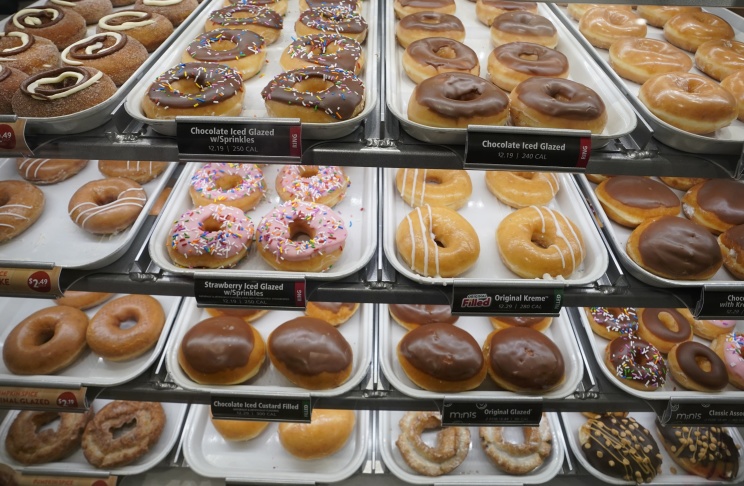
Total: $285,910
From PACs: $55,500 (19.41%)
From Individuals: $230,410 (80.59%)
Top Recipients of Funds: Candidates ($237,636 or 83.11%)
This massive European conglomerate owns a number of brands including Keurig, Dr. Pepper, Snapple, Einstein Bros. Bagels, Krispy Kreme, Panera Bread, Peet’s Coffee & Tea and Stumptown Coffee Roasters. For federal candidates, 73.9% of donations went to Democrats. Recipients of individual donations include Senator Bernie Sanders ($67,561), Donald Trump ($18,130), and Joe Biden ($24,739). Recipients of donations from PACs include Missouri Democratic Representative Emanuel Cleaver ($10,000), Texas Republican Representative Van Taylor ($8,000) and Cornyn ($5,000).
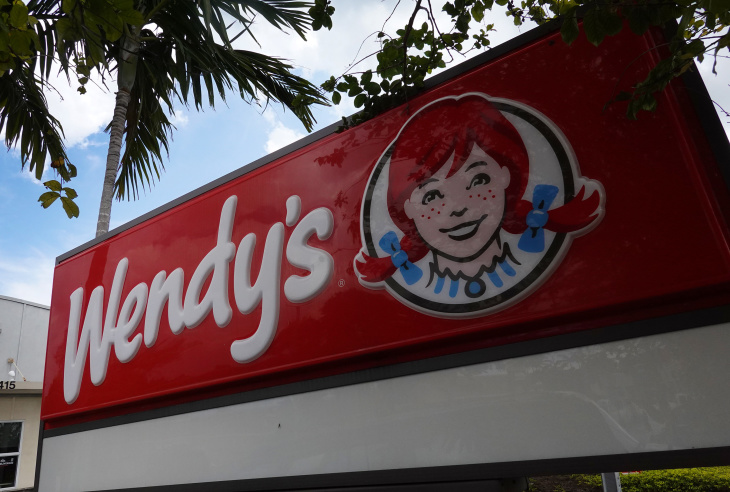
Total: $307,446
From PACs: $109,342 (35.56%)
From Individuals: $198,104 (64.44%)
Top Recipients of Funds: Candidates ($138,267 or 44.97%)
Like other fast food companies on this list, Wendy’s contributes (through individual and PAC donations) to primarily Republican federal candidates. Although the top recipient of funds were candidates, the runner-up was “outside groups” at 32.79% ($100,795). Top recipients of individual donations include Biden ($10,923), Sanders ($10,584), and Trump ($5,785). Top recipients of PAC donations include Maine Republican Senator Susan Collins ($7,500), Democratic Representative Joyce Beatty from Ohio ($5,000) and Kentucky Republican Senator Mitch McConnell ($5,000).

Total: $621,290
From PACs: $582,500 (93.76%)
From Individuals: $38,790 (6.2%)
Top Recipients of Funds: Candidates ($371,742 or 59.8%)
It’s not a restaurant but the National Restaurant Association is a group that represents and advocates for restaurants and food service outlets and contributes a fair amount to political campaigns. Concerning donations to federal candidates — of which almost all came from PACs — more than 78% went to Republicans. Top recipients of PAC contributions include Iowa Republican Senator Joni Ernst ($10,000), New Hampshire Democratic Senator Jeanne Shaheen ($10,000), Georgia Republican Senator David Perdue ($10,000) and Alaska Republican Senator Dan Sullivan ($10,000).
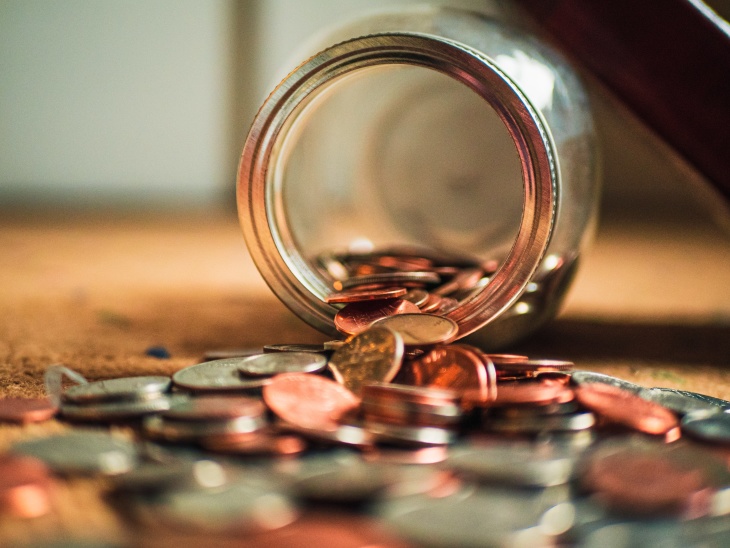
The Power of Individual Donations
Corporate PAC donations are a concern but, as this list shows, individual donations are also a powerful resource. Take Bernie Sanders. Of the roughly $180 million he raised for his 2020 presidential bid, 54% of the money came from small donations of $200 or less. Still, wealthy individuals can make a substantial impact with large donations.
Over the last decade, the top 10 political spenders (and their spouses) shelled out $1.2 billion on federal elections, according to OpenSecrets. In 2018, that tiny group of wealthy individuals accounted for 7% of all election-related giving.
CEOs of major fast food companies rarely donate to presidential candidates. For example, Wendy’s CEO Todd Penegor hasn’t donated to Trump’s reelection campaign and has only donated nominal amounts to the Wendy’s Company Political Action Committee.
The CEOs of franchisees are a different matter.
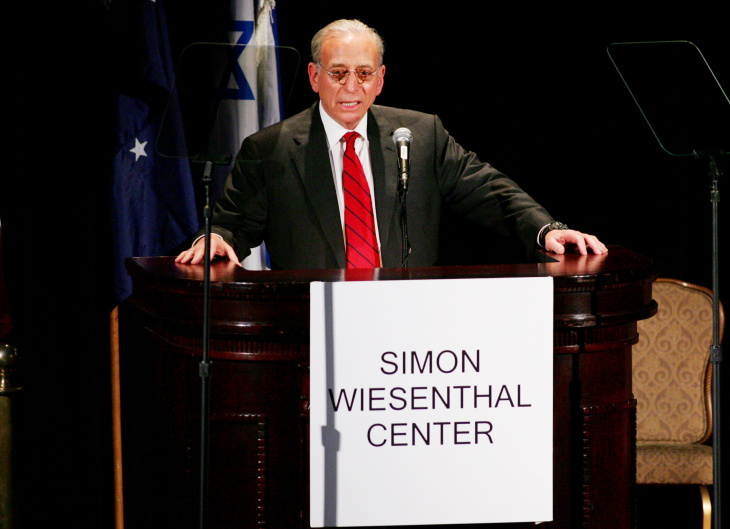
MUY! Companies owns numerous Wendy’s, Taco Bell and Pizza Hut franchises around the United States. CEO James Bodenstedt has donated hundreds of thousands of dollars to Trump’s re-election campaign, including $200,000 on March 12 and an additional $200,000 on April 7.
Wendy’s chairman Nelson Peltz held a Trump fundraiser in February that raised approximately $10 million.
Lewis Topper, the CEO of Fast Food Systems, and his wife are responsible for almost all of the $1.18 million individual financial contributions attributed to the company, and almost all the donations went to Republicans, according to OpenSecrets.
A candidate can’t achieve success at the polls without a steady supply of cash. That’s why donations — whether it’s a fat check from an aging billionaire, $25 from an hourly worker or a few thousand dollars from a corporate PAC — matter. Wealthy American mega-donors know how to pull these financial levers.
Your vote is critical (don’t forget to vote!) but your financial resources — in this case, your purchasing power — can also have an impact. Corporations know this. As a consumer, you should too.
WE LOVE TO ANSWER YOUR QUESTIONS
